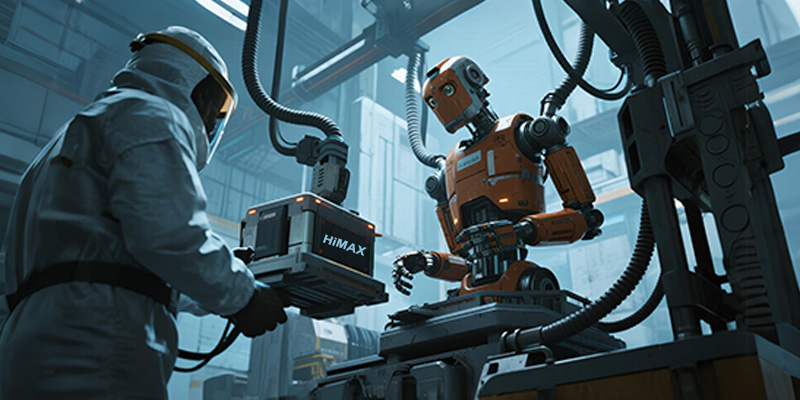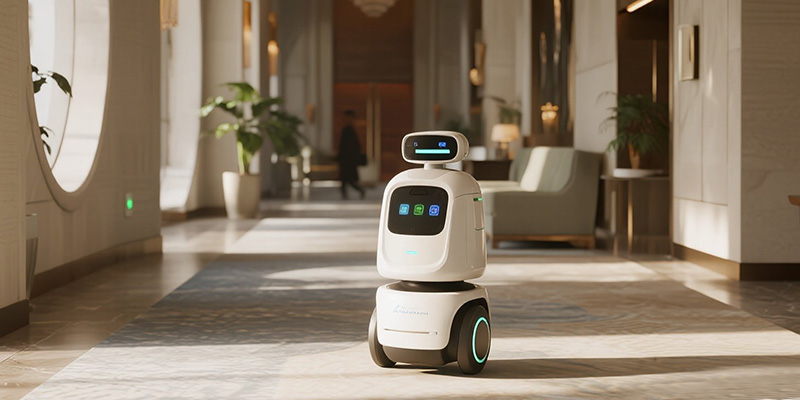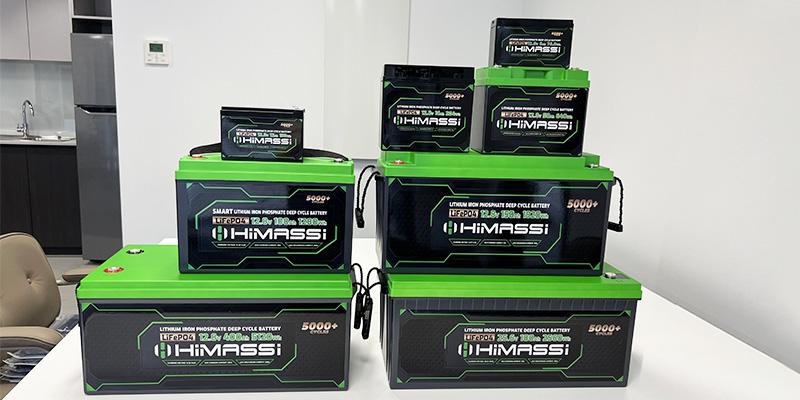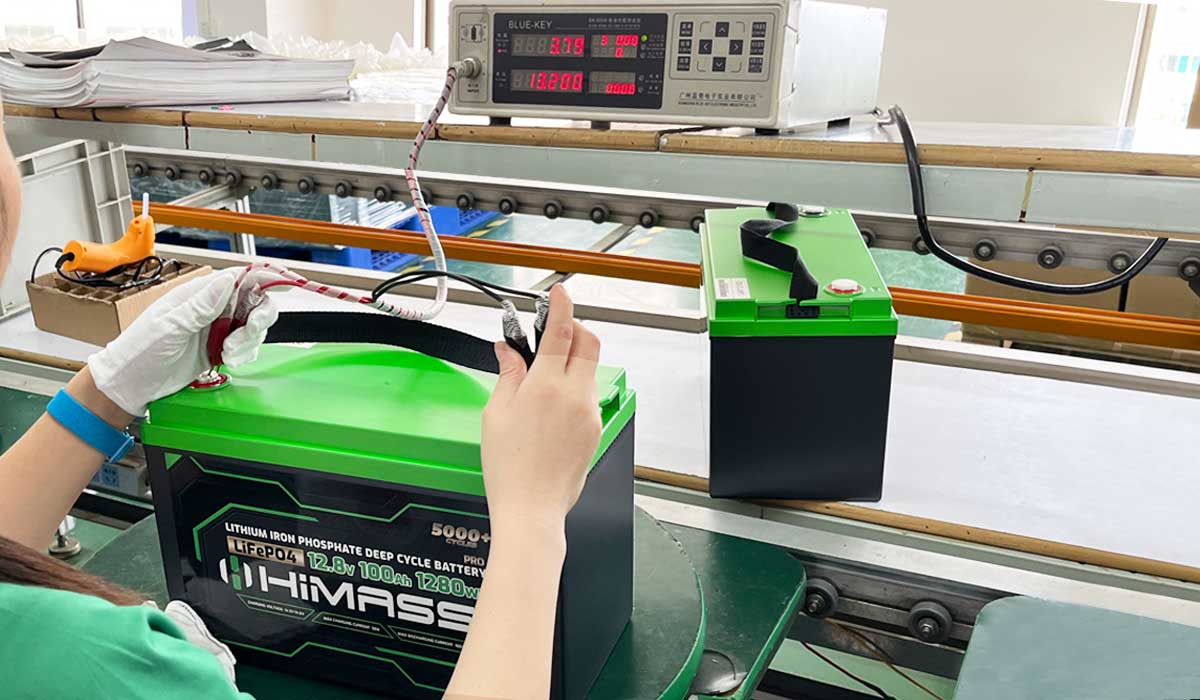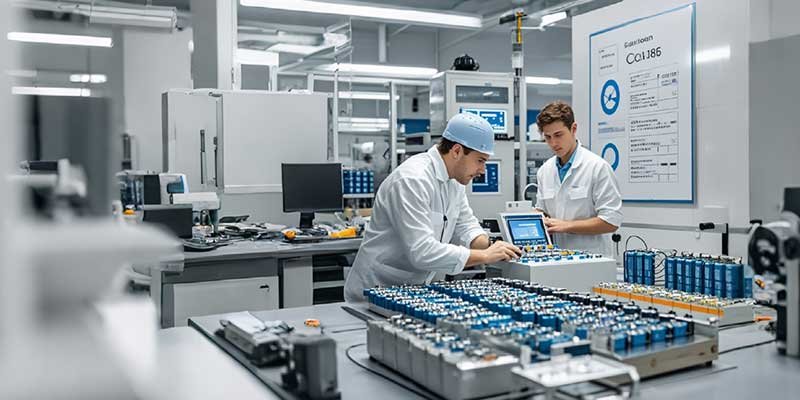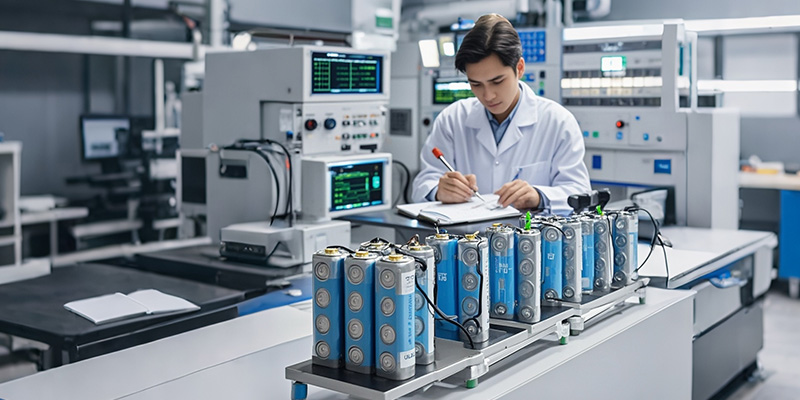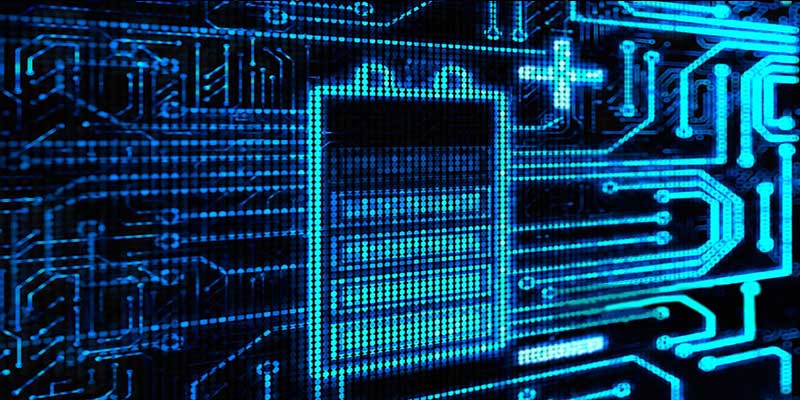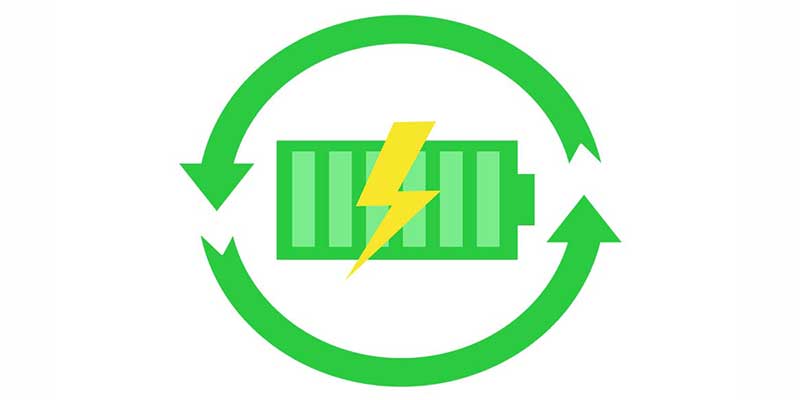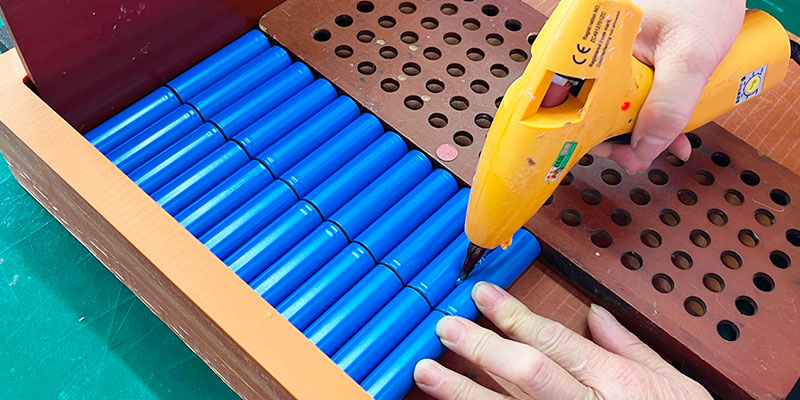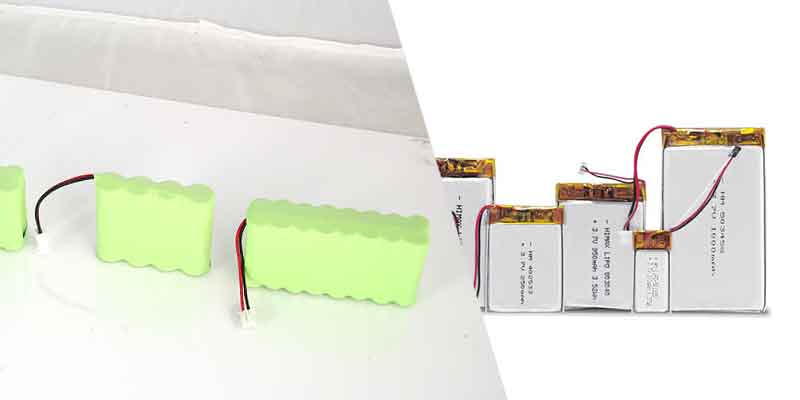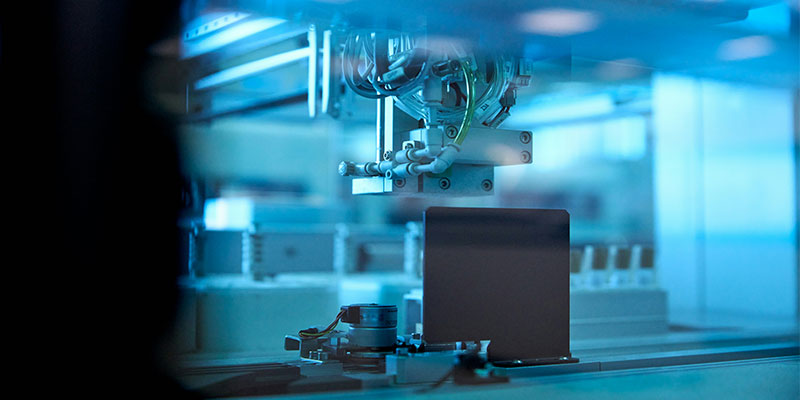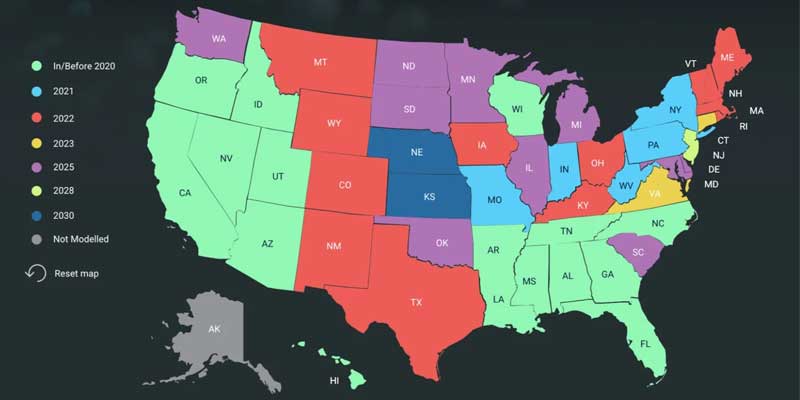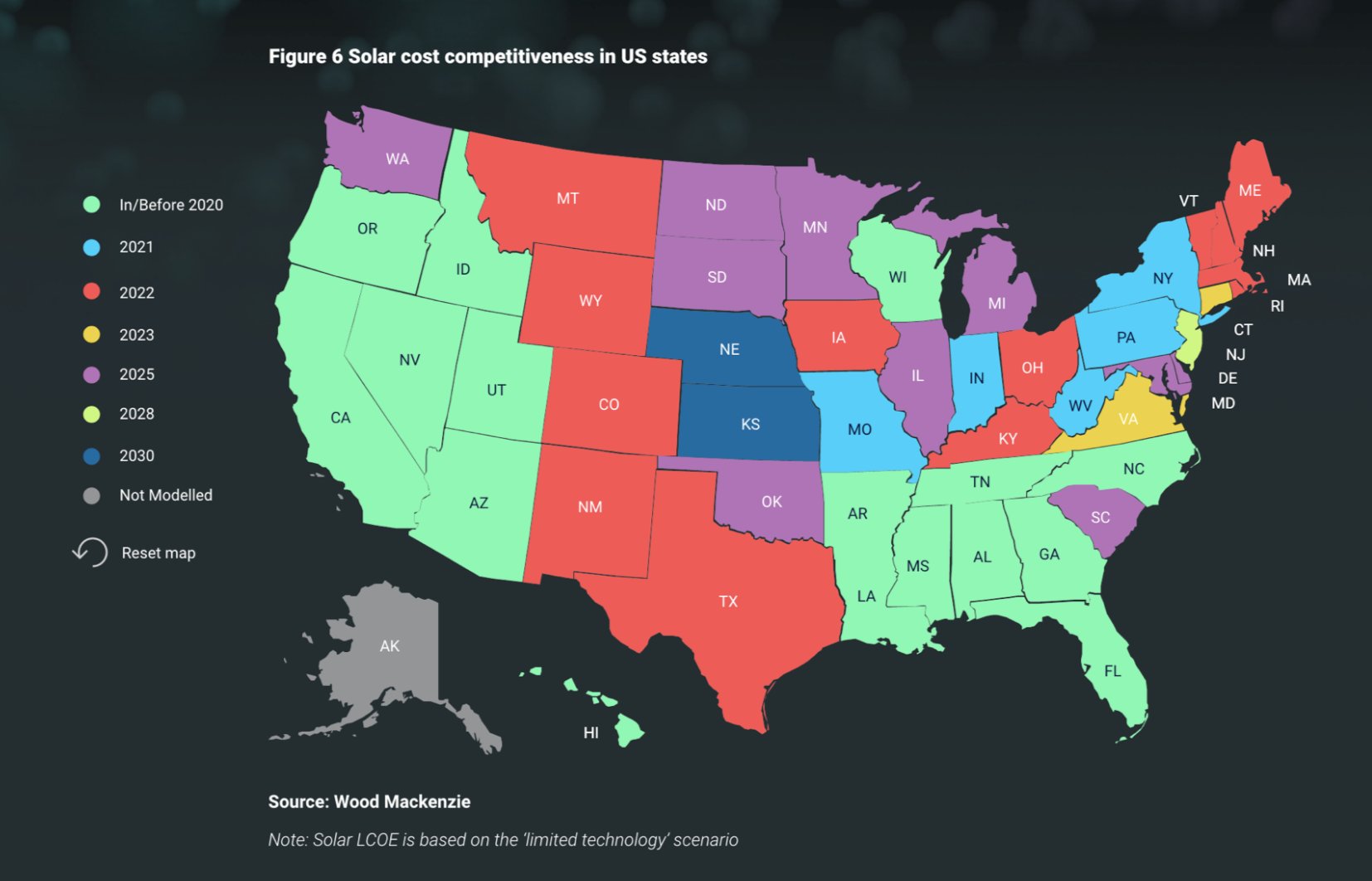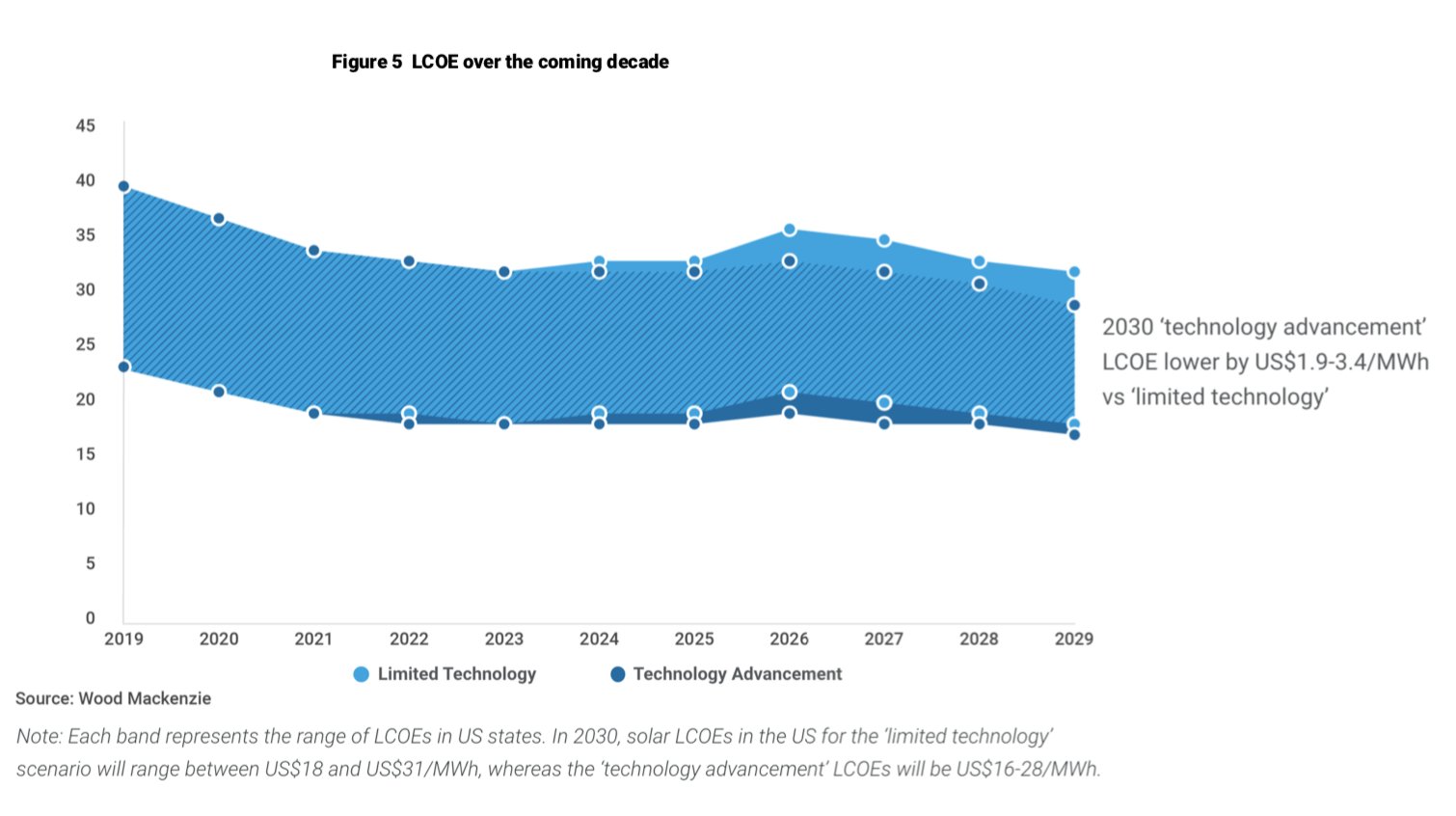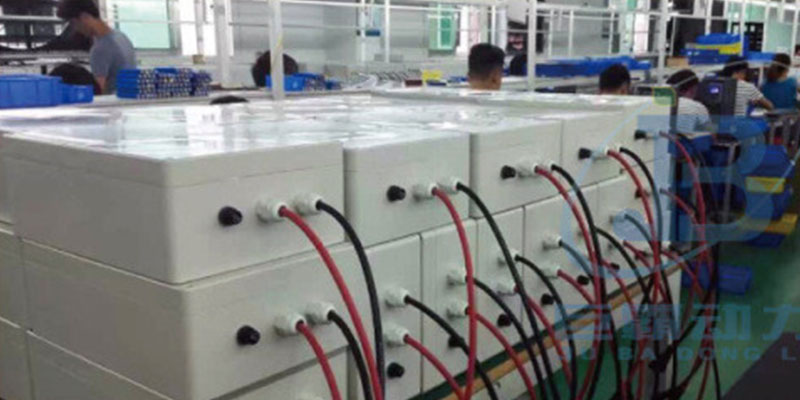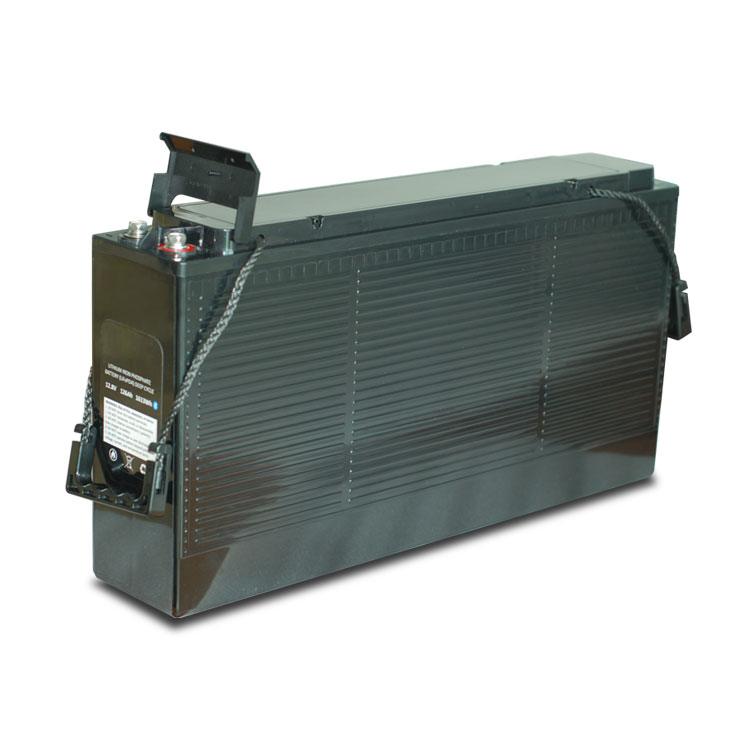Designing a Custom LiFePO4 Battery Pack for Robots: A Comprehensive Guide
Building the perfect robot battery starts with understanding how a custom LiFePO4 battery pack can unlock longer run times, enhanced safety, and precise performance. In this guide, we’ll walk through every step—from choosing the right cells to integrating a smart robot battery BMS and advanced robot battery thermal management. Let’s dive in!
Why Choose a Custom LiFeFePO4 Battery Pack for Robots?
Designing a custom LiFePO4 battery pack for your robot isn’t just about slapping cells together—it’s about crafting a power source tailored to your application’s exact voltage, current, and environmental demands. Here’s why:
- Unmatched Safety
LiFePO₄ chemistry resists thermal runaway, with decomposition temperatures above 500 °C. A custom LiFePO4 batterypack gives you the inherent safety benefits of LiFePO₄ at every cell level. - Extended Cycle Life
Most off-the-shelf batteries fade after 500–1,000 cycles. A custom LiFePO4 batterypack can easily exceed 2,000 cycles, letting your robots run longer between replacements. - Stable Voltage Delivery
Robots demand consistent power during acceleration or when lifting loads. A robot batteryusing LiFePO₄ cells holds its voltage under high discharge, preventing sudden performance drops. - Form-Factor Flexibility
From compact aerial drones to industrial AGVs, a custom LiFePO4 batterypack adapts to your robot’s geometry—maximizing energy density in the space you have.
LiFePO4 battery Pack Advantages for Robot Battery Performance
Key Advantages of a Custom LiFePO4 battery Pack
- Thermal Stability: LiFePO₄ cells maintain structural integrity at high temperatures, making them ideal for robots exposed to heat or rapid discharge.
- High Discharge Rates: Need a burst for sudden maneuvers? A custom LiFePO4 batterypack can be engineered for 2C, 5C, or even 10C discharge.
- Low Self-Discharge: Robots in standby or intermittent use benefit from LiFePO₄’s minimal self-discharge—your robot batterywill be ready whenever you are.
Why LiFePO4 Outperforms Other Chemistries
| Chemistry | Cycle Life | Thermal Runaway Risk | Energy Density | Typical Use Case |
| LiFePO₄ | 2,000–4,000+ | Very Low | Moderate | Industrial robots, AGVs |
| Li ion (NMC) | 500–1,000 | Medium | High | Consumer electronics |
| NiMH | 300–500 | Low | Low | Low-power tools, legacy |
Selecting the Right Cells for Your Custom LiFePO4 Battery Pack
Comparing 32700, 26650, 21700, and 18650 Cells
- 32700 Cells(32 mm × 70 mm, 5,000–6,000 mAh):
Ideal for high-capacity robot battery packs in AGVs or service robots. - 26650 Cells(26 mm × 65 mm, 4,000 mAh):
A balance of size and power—great for medium-duty robots. - 21700 & 18650 Cells:
Smaller footprint, useful when compactness outweighs raw capacity.
Cell Selection Considerations
- Capacity vs. Volume
Match the cell’s mAh rating with your robot’s expected run time in its available chassis space. - Discharge Rate
If your robot needs high bursts, choose cells rated for higher C-rates. - Mechanical Strength
For rugged environments, thicker-walled cells (e.g., 32700) offer better durability under vibration.
Custom LiFePO4 Battery Pack Structure: Series and Parallel Configuration
Designing for Voltage: Determining Series Count
To hit your robot’s operating voltage, stack cells in series (S). For example:
- A 48 V robot needs 16 cells in series (16 S × 3.2 V nominal = 51.2 V).
- A 24 V system needs 8 S (8 × 3.2 V).
Sizing for Capacity: Setting Parallel Count
Parallel groups (P) boost capacity and discharge current. To achieve 10 Ah with 5 Ah cells, you’d use 2 P (2×5 Ah = 10 Ah). So an 8 S2 P pack yields 24 V, 10 Ah.
Ensuring Balance and Safety
- Passive Balancing: Bleeds off cell overvoltage—simple but slower.
- Active Balancing: Redistributes charge among cells—faster and extends cycle life.
- A robust robot battery BMSis essential to prevent single-cell overcharge or over-discharge.
Custom LiFePO4 battery Pack Mechanical Design & Protection
Choosing the Right Enclosure
- Aluminum Alloy: Lightweight, excellent heat conduction—ideal for robot battery thermal management.
- Engineering Plastics (e.g., PC/ABS): Cost-effective, impact-resistant, and can be molded into complex shapes.
Ingress Protection
- IP67/IP68: Dust-tight and water-resistant—suitable for most indoor/outdoor robots.
- IP69K: High-pressure washdowns—perfect for sanitation-critical environments.
Venting and Sealing
Strike a balance: include vents or thermal pads to dissipate heat without compromising waterproofing.
Integrating Robot Battery BMS into Your Custom LiFePO4 Battery Pack
Choosing the Right BMS Protocol
- SMBus: Simple, cost-effective for smaller fleets.
- CAN-bus: Industry standard for complex robotic systems—enables real-time diagnostics and control.
Core BMS Protections
- Overcharge/Over-discharge
- Overcurrent & Short-Circuit
- Over-Temperature & Under-Temperature
- Cell Balancing
A well-designed robot battery BMS not only protects your pack but also provides data for predictive maintenance.
Cloud Integration & Predictive Analytics
- Aggregate voltage, current, and temperature data in the cloud.
- Use AI-driven SoC/SoH models to forecast remaining life and schedule preventive swaps—minimizing downtime in large robot fleets.
Robot Battery Thermal Management Strategies for Custom LiFePO4 Battery Packs
Passive vs. Active Cooling
- Passive Cooling: Heat sinks, thermal interface materials, and phase-change materials (PCMs)—no moving parts, zero power draw.
- Active Cooling: Liquid cooling loops or forced-air systems—higher complexity but essential for sustained high-current draw.
Layout Optimization
- Simulate heat flow to position high-load cells near cooling interfaces.
- Use thermal gap fillers to bridge hot cells to heat sinks, maintaining uniform pack temperature.
Safety Margins
Design for worst-case scenarios: rapidly discharging at full current in ambient heat. A good custom LiFePO4 battery pack keeps cell temperatures below 60 °C under load.
Testing and Real-World Case Study of a Custom LiFePO4 Battery Pack for Robots
Laboratory Validation
- Cycle Life Testing: 0–100 % SOC over 2,000+ cycles.
- High-Rate Discharge: 5C bursts to validate current capability.
- Thermal Cycling: −20 °C to +60 °C to ensure reliability in harsh environments.
Himax AGV Case Study
- Application: Automated Guided Vehicle in warehouse logistics.
- Configuration: 16 S4 P with active balancing and CAN-bus BMS.
- Results: Runtime increased by 25 %, pack temperature variation kept within ±5 °C, and zero thermal events over 1,500 cycles.
Next Steps: Partnering with Himax for Your Custom Robot Battery Pack Needs
- Reach Out: Contact our engineering team to discuss your voltage, capacity, and form-factor requirements.
- Prototype & Test: We’ll deliver a sample pack and detailed test report.
- Scale Production: From sample approval to bulk orders, Himax ensures consistent quality, UL 2580/IEC 62619 compliance, and on-time delivery.
By focusing on custom LiFePO4 battery pack design, smart robot battery BMS, and industry-leading robot battery thermal management, you’ll equip your robots with the reliable, safe, and high-performance power source they deserve. Ready to elevate your next automation project? Let Himax power your vision!

